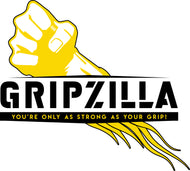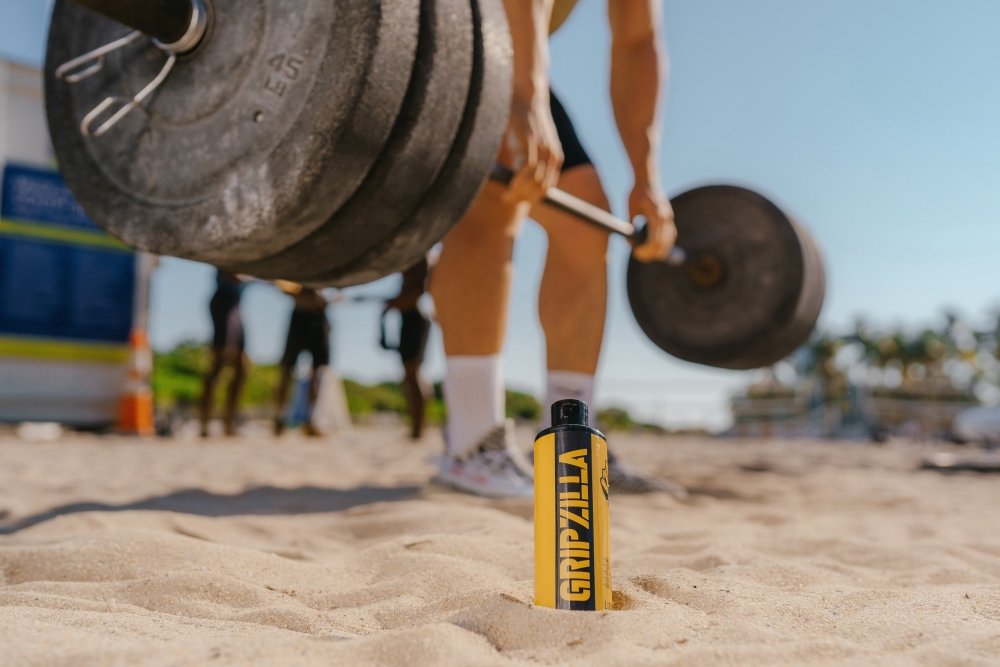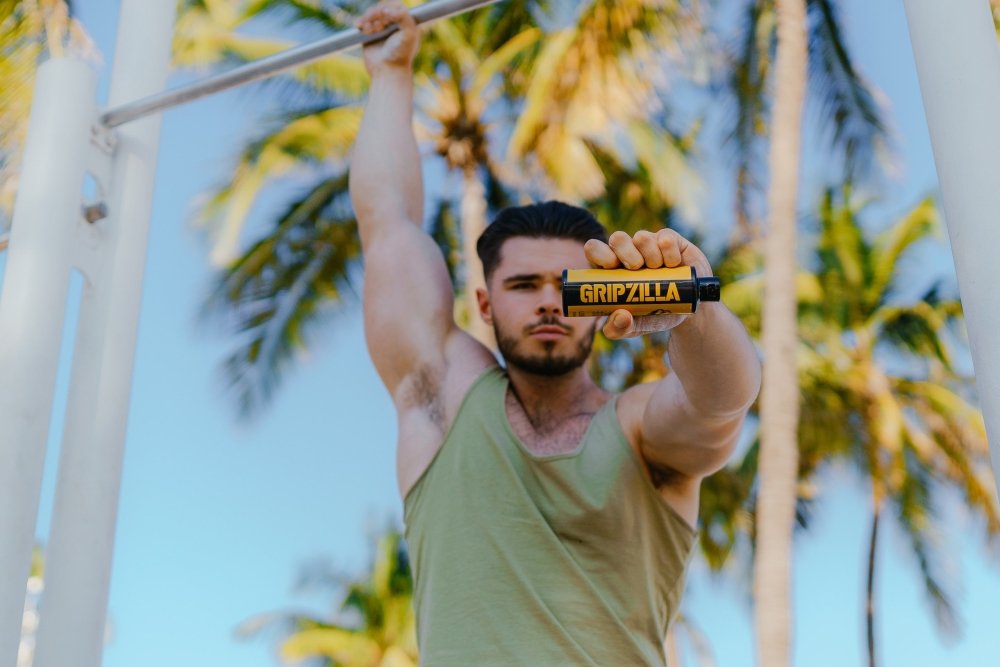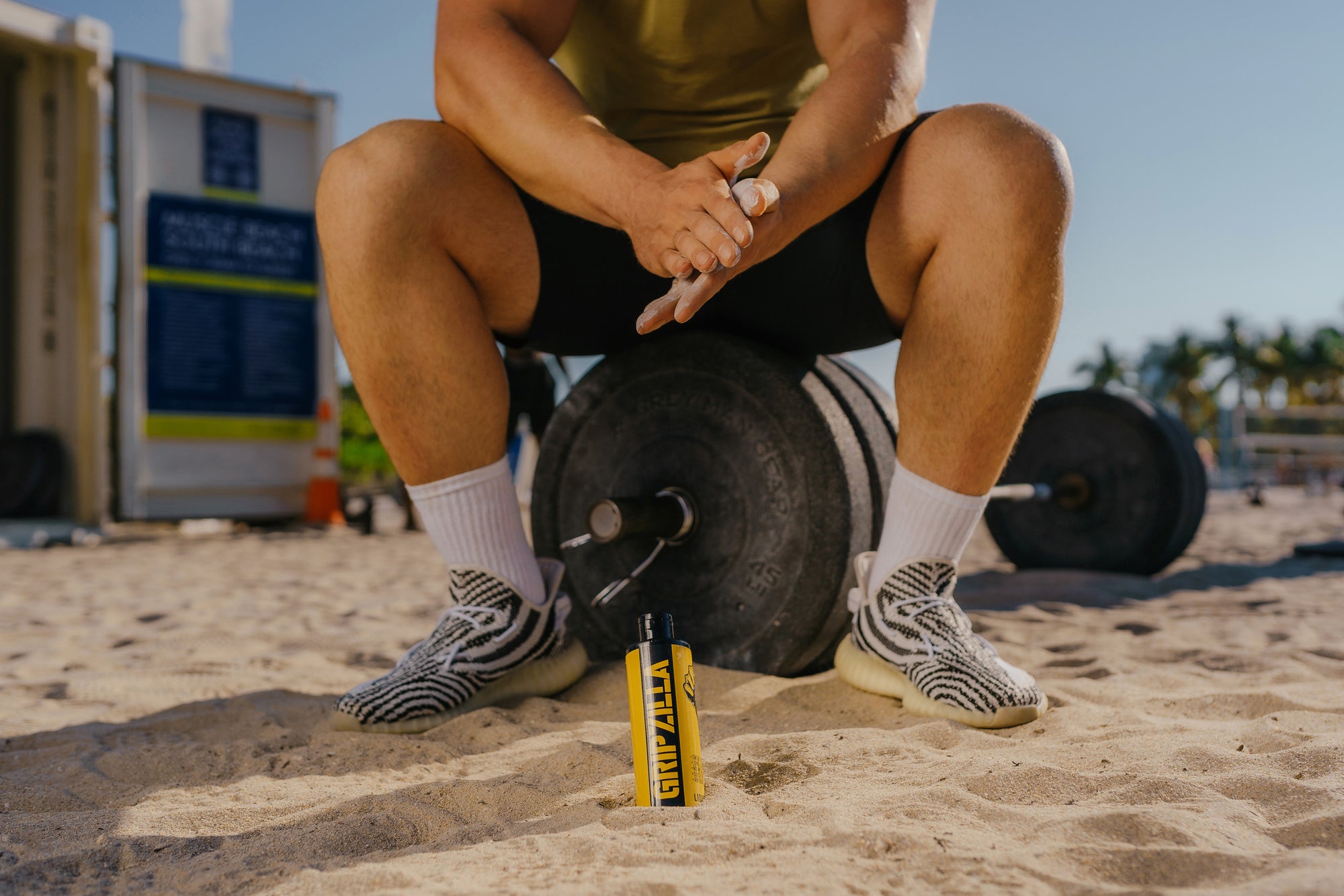Two types of chalk are used in the fitness industry; liquid chalk and regular chalk (dry chalk).
Let’s talk about both of them.
Liquid chalk has a liquid tendency, and it feels a lot like lotion or paste. In contrast, regular chalk is generally found in dry form and can easily be stored in solid blocks.
But, here’s a question, which one is better?
Don’t you know about it?
Hold your horses as we are about to have a detailed comparison of liquid chalk vs. regular chalk to let you know how you can make a decision on the winner.
So, let’s get off the ground:
What Is The Difference Between Liquid Chalk & Regular Chalk?
When it comes to liquid chalk vs. regular chalk, they both contain magnesium carbonate as the main ingredient. The difference is that the liquid chalk is wet since it also contains alcohol and, in many cases, other ingredients like rosin, smells, honey, essential oils, etc.
In this method, manufacturers attempt to introduce new qualities and differentiate their chalk from the competition.
We strongly advise athletes and fitness professionals to utilize liquid chalk due to the fact that it creates no mess, is simple to apply, and is more durable. However, it depends on the athletes' preferences, as some find ordinary chalk/dry chalk to be less expensive and gentler on the skin.
A Detailed Comparison Of Liquid Chalk & Dry Chalk
Here is a comprehensive comparison between liquid chalk and dry chalk for you better understanding:
1. Ease Of Use

Chalks, both liquid and dry, are quite simple to use. However, it makes a big difference in several sports.
Liquid chalk could easily be stored in your gym’s buckets (if the gym owner allows it). The biggest benefit of having the chalk inside the gym bucket is that you can dip your hands in it before doing a particular set of exercises.
On the other hand, liquid chalk needs to be carried in a bottle. A small amount, around the size of a dime, should be poured into the palm and massaged into the skin. Then, after waiting for 15-30 seconds, you'll have a substantial coating of chalk on your hands.
Most gym and fitness freaks prefer liquid chalk easy to use since it doesn’t have to be applied constantly. However, other athletes do not want to wait for it to dry, so they prefer to dip their hands in conventional chalk and start working immediately.
2. Mess

When it comes to the mess, liquid chalk is the obvious winner, as it doesn’t cause any mess whatsoever.
You can be confident that any white smudges you notice on the ground or on someone's clothing are actually dry chalk markings. It all leaves a residue on tools, surfaces, gears, and other things. Since it is difficult to clean after use, most gyms forbid dry chalk.
Liquid chalk is far less messy as it sticks to the hands and almost leaves no residue. However, make sure you go for a reliable and suitable liquid chalk brand for 100% perfection and results.
3. Longevity

Longevity is another aspect where we can term liquid chalk the winner. Manufacturers compete to produce chalk that outlasts the competition, and most succeed, as Gripzilla did.
Chalks can stay on your skin the entire time, and others need to be reapplied multiple times, especially during lengthy, intense workouts or when the humidity is high.
However, dry chalk must be reapplied almost before each set since it goes off quickly. This is a major disadvantage for climbers, who don't have the opportunity to reapply hand chalk every few minutes.
4. Packaging

Dry chalk is available in both solid blocks and powder form. It may be found in buckets at most gyms and tournaments. However, transporting dry chalk is inconvenient because it can leave white traces on the interior and exterior of a bag, and it frequently requires extra protection.
Powder chalk is typically packaged in socks or balls by some manufacturers to prevent it from spilling. However, while it does help, it is not a permanent solution.
Bottles that are convenient for transporting liquid chalk are used to store it. In order to make it more convenient, some brands prefer to add a carabiner so you can connect it to a backpack or piece of equipment.
Liquid Chalk Vs. Regular Chalk – Guess The Winner!
Based on the discussed facts and the reviews of many professional athletes, we have concluded that Liquid Chalk is the winner compared with regular chalk.
So, it’s better to start using liquid chalk to take your athletic performance to the sky whether you are a bodybuilder, a weightlifter, a climber, or anyone else.
FAQs
How long does liquid chalk last?
If applied correctly, liquid chalk can last for around 5-20 minutes. On average, a single 250 mL container of liquid chalk will last you about six months. Instead of using traditional chalk, you should use liquid chalk.
Should you use liquid chalk for lifting?
Depending on the manufacturer, liquid chalk can be equally as efficient as dry powder chalk at preventing sweat and ensuring a dry grip on the bar. It's really functional and doesn't create any unnecessary mess while lifting. You only need a tiny bit of the liquid chalk contained in its tube to take your weightlifting performance to the next level.
Why is regular chalk not allowed in the gym?
Regular or dry chalk is typically not allowed in gyms because of the mess it creates. When you apply it, it has a propensity to spread out, even though you retain the majority of it in the container. Gyms ban chalk because members rarely bother to clean up after themselves when they use it.



